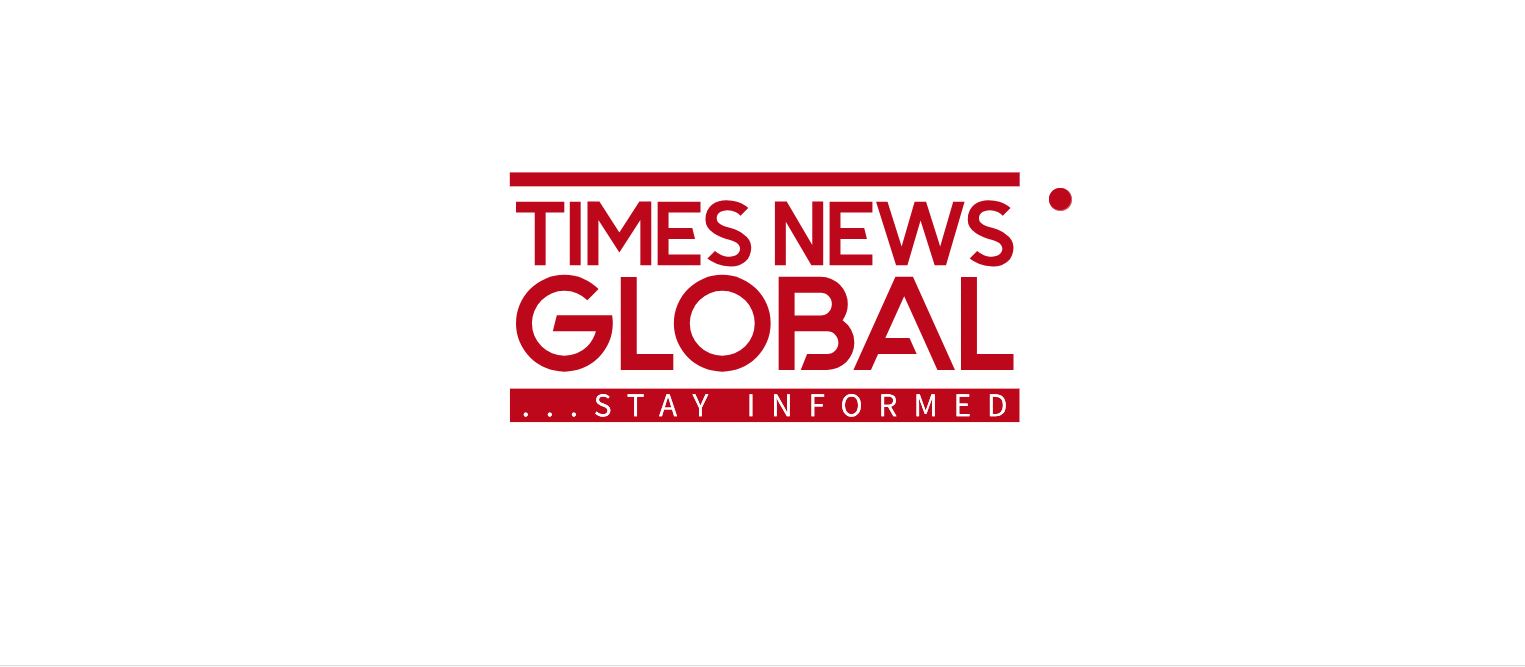Business
Mortgage Rates Experience Sudden Rise Amid Economic Volatility

Average mortgage rates saw a sharp increase yesterday, surprising many observers. The rise came following a rebound in consumer confidence after three months of stagnation, coupled with disappointing U.S. Treasury bill auctions and negative statements from senior Federal Reserve officials.
Today, mortgage rates are projected to remain relatively stable, with potential for changes later in the day similar to the previous session.
This recent shift in rates has marked a stark contrast to the three-week decline trend, highlighting the unpredictable nature of the current economic landscape.
Looking ahead, experts speculate a possible improvement in the latter part of the year, although sustained favorable conditions may not materialize until the summer or fall.
Personal rate lock recommendations remain subject to larger trends, with rate-friendly days and periods being potential opportunities for borrowers to capitalize on.
Today’s snapshot of the market shows minimal expected movements in mortgage rates, though intraday swings remain a common occurrence amidst ongoing uncertainty.
The absence of significant economic indicators today tempers expectations for dramatic rate shifts, with the Federal Reserve’s Beige Book release and upcoming GDP and PCE reports likely to provide more significant insights into future rate movements.
Freddie Mac and Fannie Mae continue to provide rate forecasts for the coming quarters, though accuracy may be challenged by current economic volatility.
As uncertainties persist, borrowers are encouraged to comparison shop for the best mortgage rates, as demonstrated by studies showing potential savings of up to $36,000 over the life of a loan.
Given the complexity of today’s mortgage market, borrowers are advised to consider a variety of factors influencing rates, including credit score, down payment, and loan type.
Properly assessing mortgage rates entails understanding the various loan categories available, such as FHA, VA, USDA, and ARM loans, each tailored to different borrower profiles and financial goals.












